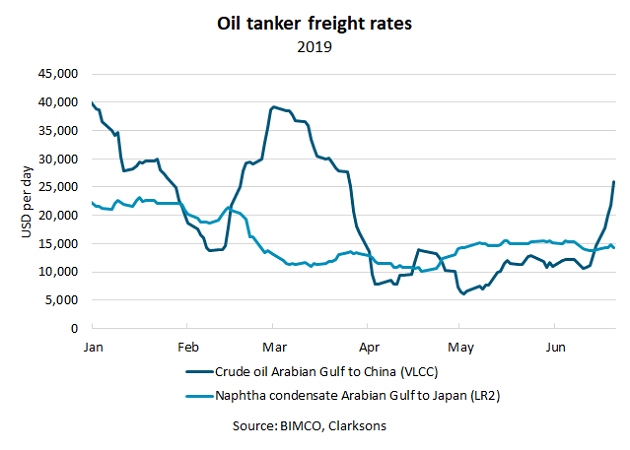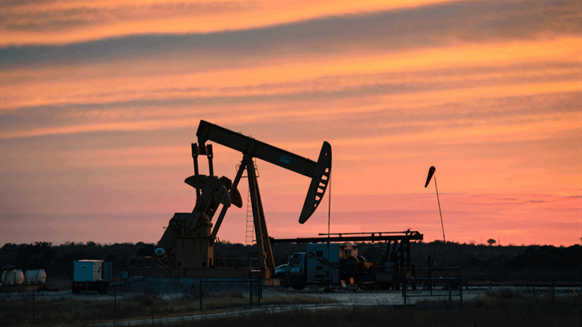" oil prices in the wake of the attacks highlights the importance of Strait of Hormuz as a global oil artery"

Middle East Tanker Insurance Rates Soar 10-Fold
Insurance rates for tankers going through the Strait of Hormuz have
skyrocketed tenfold in the two months since the first attacks on tankers
off the coast of the UAE, CNBC reports, quoting the chief executive of a
shipping company. The news could reinforce anticipation of higher oil
prices, not because of fundamental factors but because of insurance
rates.
The first link in a chain of events that may send prices higher took place in late May, when Middle Eastern media reported attacks
on four tankers off the coast of the port of Fujairah, in the Persian
Gulf and close to the Strait of Hormuz. Then, about two weeks later,
another attack was reported,
this time in the Gulf of Oman, right out of the Strait of Hormuz.
Finally, Iran shot down a U.S. drone claiming it was flying over its
territory.
After the U.S. blamed both tanker attacks on Iran, the
drone incident was seen by many as the last straw before open military
confrontation. This has not yet materialized, but oil prices spiked
after both attacks and the drone shoot-down and reports about insurers
hiking their tanker premiums for Strait of Hormuz-passing vessels
multiplied.
LEARN MORE
CAN DIPLOMACY WORK?







